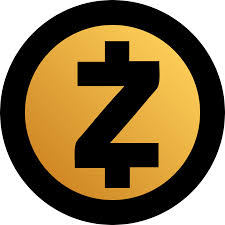Gold isn't only a precious metal but also a trading instrument that has never lost its relevance. Under the gold spot price, investors understand the price at which gold is bought or sold at this very moment, not in the future, at least during two business days. This measurement is true for the whole industry of precious metals, and the standard dealers use to determine their sale prices. The gold spot varies all the time and may depend on different factors such as high or low supply and demand, economic events, market speculations, etc.
Ever since the first gold coins appeared (in Lydia in 560 BC), gold has never lost its value, and therefore this metal has always a high demand among traders.
It is an asset that rises in price, through the whole history.
Gold has a wide daily range, which can be between 300-500 pips.
This asset has the highest level of liquidity.
The instrument is easy to analyze and make forecasts since it depends on seasonality and the total demand.
The benchmark for central banks and the valuation of forex/gold holdings determines the price of gold, defined in the course of the so-called London fixings. They are held twice a day from Monday to Friday: at 10:30 and 15:00 GMT. 5 large banks (Deutsche Bank, Societe Generale, HSBC, Scotia Mocatta, and Barclays Capital) accumulate applications for the purchase and sale of gold bars of the London Good Delivery standard through a network of dealers. During the fixing, orders of sellers and buyers of gold are brought together. Prices change rapidly but gradually tend to level out.












